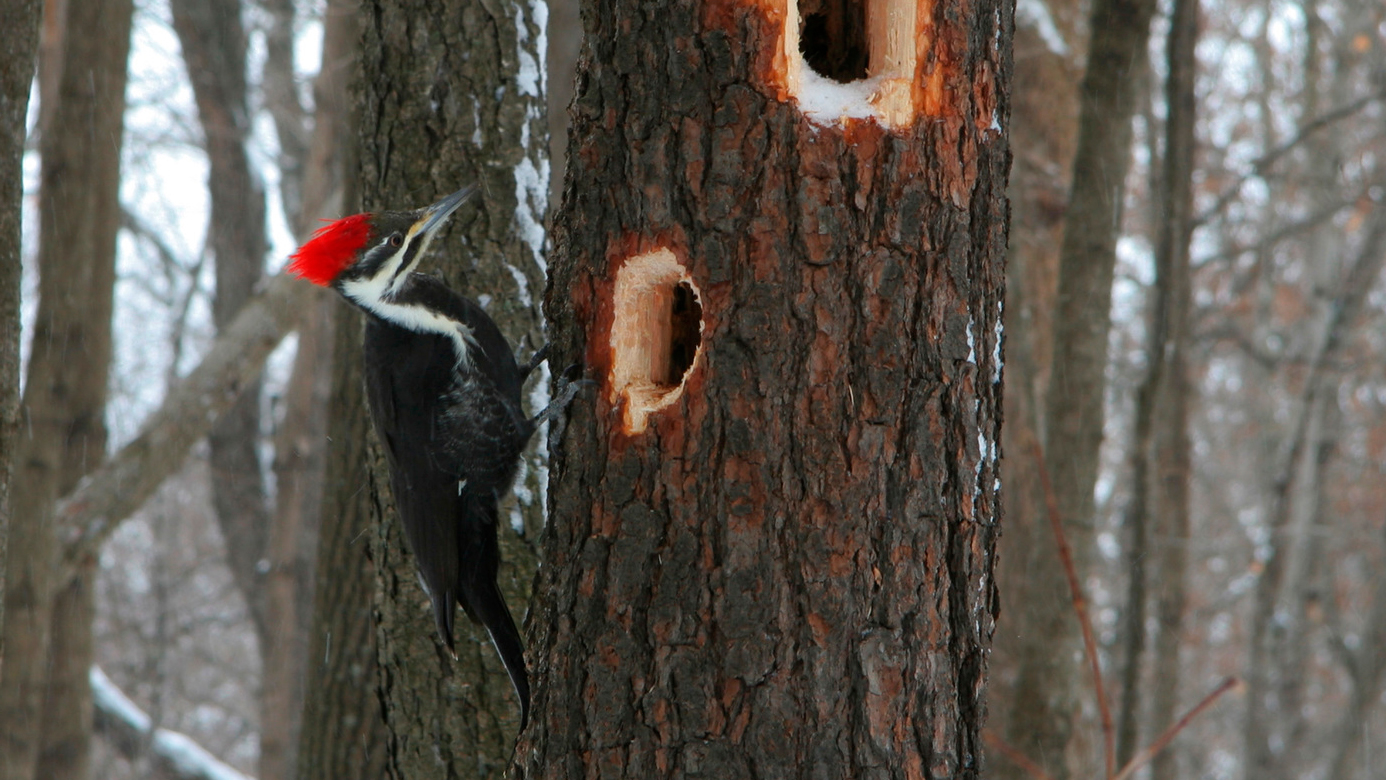Coming Across Woodpeckers in Florida Variety: Habitats and Habits
Coming Across Woodpeckers in Florida Variety: Habitats and Habits
Blog Article
Introducing the Secrets of Woodpeckers: Habits, Environment, and Extra
Woodpeckers, with their distinct actions and specialized adaptations, have long attracted scientists and nature lovers alike. These impressive birds have a series of intriguing keys that shed light on their survival techniques, environment choices, and detailed communication methods. By discovering the secrets bordering woodpeckers' actions and environment choices, a deeper understanding of these avian wonders emerges, using a look right into their remarkable globe. What makes these birds genuinely phenomenal, and just how do they browse their setting with such accuracy and ability? Allow's discover the exciting world of woodpeckers and unwind the enigmatic information that make them such appealing topics of research study.
Woodpecker Behavior Insights
In examining woodpecker actions, a remarkable screen of specialized skills and adaptations arises, clarifying their amazing ecological particular niche - Woodpeckers in Florida. Woodpeckers, understood for their distinctive drumming on trees, have a selection of behavioral traits that add to their survival and success in their atmosphere. One essential actions is their drumming, which offers multiple objectives such as communication, establishing region, attracting friends, and finding food sources. This balanced pecking also showcases their impressive stamina and endurance, as they can hammer away continuously at broadband without triggering injury to themselves.
Moreover, woodpeckers exhibit a special feeding actions defined by their capacity to extract bugs from tree bark utilizing their specialized beaks. Their long, barbed tongues help in recording prey, while their solid neck muscular tissues offer security and accuracy during pecking movements. This feeding approach allows woodpeckers to gain access to surprise insect larvae and extract them with exceptional performance.
Habitat Preferences and Choice
What aspects affect the habitat preferences and choice of woodpeckers? Woodpeckers are very versatile birds known to occupy different settings worldwide. However, they do exhibit preferences for sure environment features. One critical factor influencing woodpecker habitat selection is the availability of suitable nesting sites. Woodpeckers usually like woodlands with a mix of fully grown trees that give enough possibilities for dental caries excavation. These cavities offer as crucial nesting and roosting sites for woodpeckers and are important for their breeding success.
Additionally, woodpeckers show a choice for environments with a plentiful supply of food sources. They are primarily insectivorous, feeding upon beetles, ants, larvae, and various other bugs found in worn out timber or tree bark. As a result, woodpeckers have a tendency to favor woody areas with a diverse insect populace to satisfy their dietary demands.
Furthermore, the presence of dead or worn out trees is one more key consider woodpecker habitat selection. These trees not just offer food resources however additionally use suitable substratum for tooth cavity excavation. Dead trees are anchor essential for the upkeep of healthy woodpecker populaces, as they play an important duty in the woodpeckers' life cycle and ecological community dynamics.
Feeding Behaviors and Diet Plan Make-up
Woodpeckers show a specialized feeding behavior focused on foraging for pests within numerous habitats. In addition to bugs, woodpeckers additionally click consume tree sap, fruits, nuts, and seeds, adding range to their diet regimen depending on the season and availability of food sources.
The foraging techniques of woodpeckers are well-adapted to their arboreal way of living. Woodpeckers play a vital duty in preserving the health and wellness of forests by controlling insect populaces and helping in the decay of wood.
Drumming Appears and Communication
Utilizing quick drumming noises on various surface areas, woodpeckers utilize a distinctive kind of interaction to signal region limits and attract friends. This drumming habits is not only a way of communication yet likewise works as a method for woodpeckers to establish their visibility within a specific location. The intensity, rate, and pattern of the drumming can communicate important details to other woodpeckers in the location.
Woodpeckers utilize drumming audios to reveal their visibility in an area and to advise off prospective burglars. The loud and repeated nature of the drumming offers as a clear signal to other woodpeckers that the location is already declared. This aids in minimizing conflicts and lessening physical confrontations between individuals.

Survival Adaptations and Specialized Makeup

Final Thought
To conclude, woodpeckers exhibit one-of-a-kind actions, such as drumming noises for communication, and have actually specialized composition for survival in their chosen environments. Their feeding routines and diet make-up additionally demonstrate their adaptability to numerous atmospheres. By understanding these facets of woodpeckers, researchers and conservationists can much better safeguard and preserve these interesting birds and their communities.
Report this page